Overview
The ADS1115 module is a high-resolution 16-bit analog-to-digital converter with an integrated programmable gain amplifier. It converts small analog voltages into stable digital values so microcontrollers can read sensors with far greater precision than built-in ADCs. Compact and easy to use, the ADS1115 is ideal for projects that require accurate low-voltage measurements.
Key Features
- 4 analog input channels (read four single-ended signals or two differential pairs)
- 16-bit resolution for detailed and repeatable data capture
- Programmable Gain Amplifier (PGA) with multiple gain settings to detect tiny voltages
- I2C interface uses only SDA and SCL for simple wiring and multi-device buses
- Low active current draw (approx. 150 μA) for efficient battery operation
- Built-in comparator/alert pin for thresholds and real-time monitoring
Specifications
- Resolution: 16-bit
- Input Channels: 4 (single-ended) or 2 (differential)
- Interface: I2C (address selectable via ADDR pin)
- Operating Voltage: 2.0 V to 5.5 V (works with 3.3V and 5V systems)
- Gain Settings: 2/3x to 16x (programmable via register)
- Typical Active Current: ~150 μA
- Board Type: ADS1115 breakout board (ready for prototyping)
Why Use the ADS1115 with Microcontrollers
Many microcontrollers have limited ADC resolution or cannot reliably measure very small voltages. The ADS1115 programmable gain amplifier solves this by amplifying weak sensor outputs and converting them to accurate 16-bit digital values. Use the ADS1115 when you need precision for sensing, data logging, battery monitoring, or scientific measurements.
Common Applications
- High-precision sensor interface for temperature, pressure, strain gauge, and light sensors
- Battery voltage monitoring and solar power tracking
- Data loggers and scientific experiments requiring stable ADC readings
- Industrial monitoring and multi-channel analog input systems
- Analog signal conditioning in embedded development and prototypes
How to Connect and Use the ADS1115
- Connect VCC and GND to your system power (3.3V or 5V supported).
- Connect SDA and SCL to your microcontroller I2C pins (add pull-up resistors if needed).
- Set the desired gain in software to amplify low-voltage signals (choose PGA based on expected input range).
- Read 16-bit values over I2C and convert to voltages using the selected gain and reference.
- Use the comparator/alert pin to trigger interrupts or alarms when thresholds are crossed.
Programming and Libraries
Popular libraries make the ADS1115 easy to use: Adafruit ADS1X15 for Arduino and CircuitPython, and Python libraries (smbus) for Raspberry Pi. Example features include single-shot and continuous conversion modes, configurable data rates, and selectable I2C addresses via the ADDR pin.
Compatibility and Practical Tips
- Works with Arduino, Raspberry Pi, ESP8266/ESP32 and other I2C-capable boards.
- Choose higher gain to read smaller voltages but reduce full-scale range accordingly.
- For differential measurements, wire sensors across the corresponding input pair and read the differential channel.
- Keep analog signal lines short and add shielding or filtering for noise-sensitive applications.
Buy ADS1115 Amplifier Module in Islamabad
Looking to buy the ADS1115 amplifier module in Islamabad? Colgroad supplies original ADS1115 breakout boards at competitive prices with fast shipping across Pakistan and technical support to help you get started.


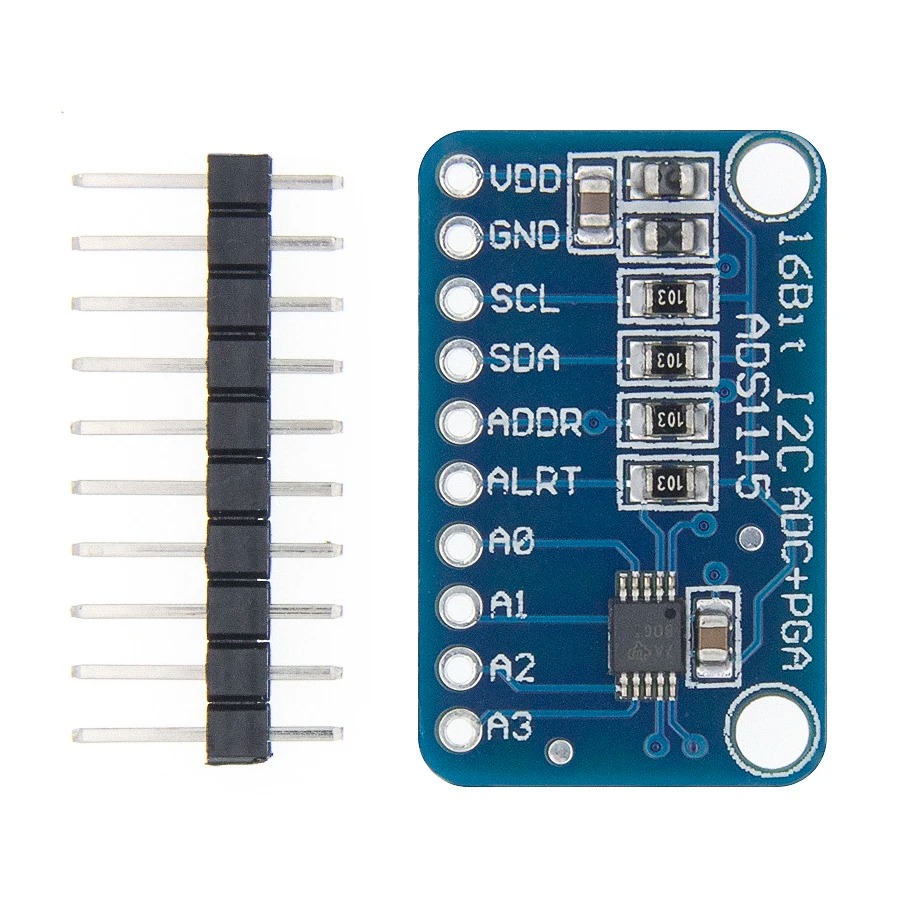
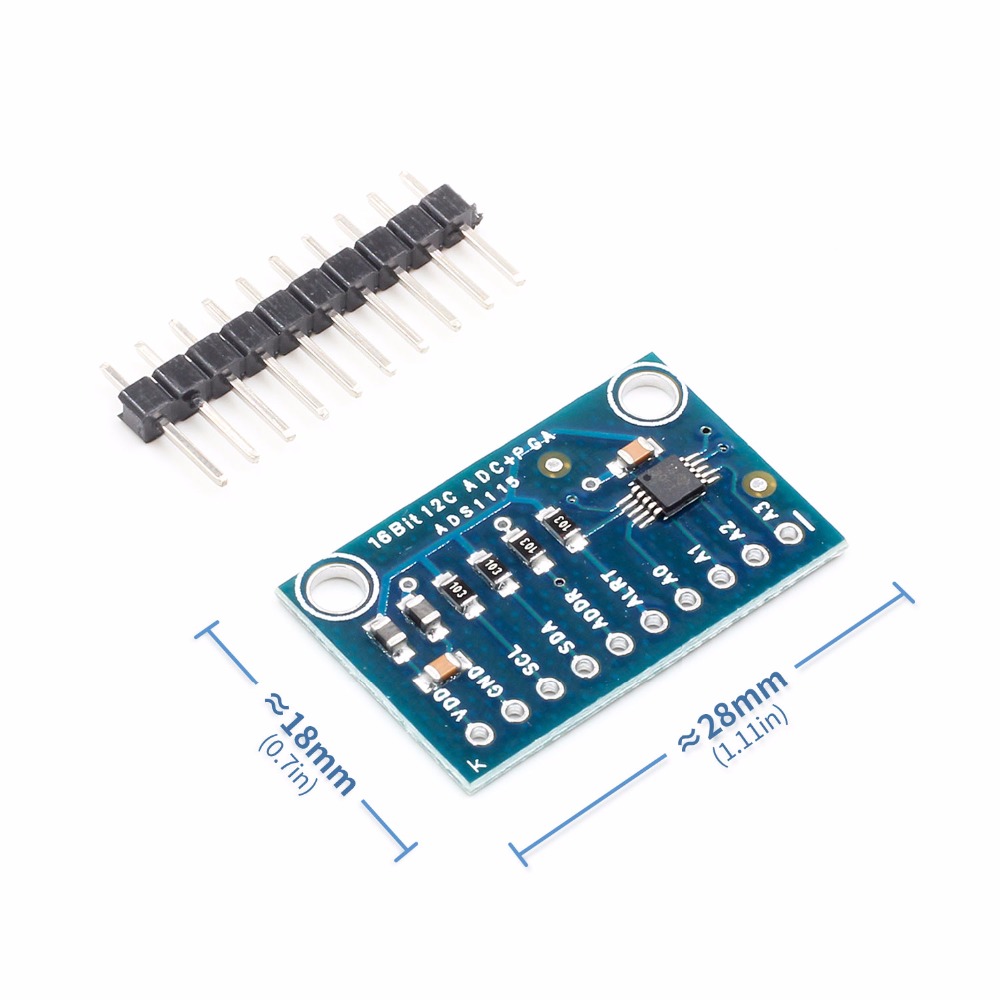


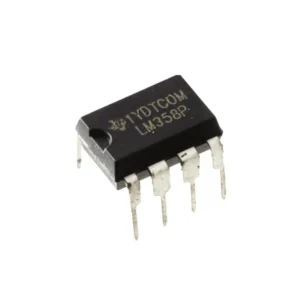
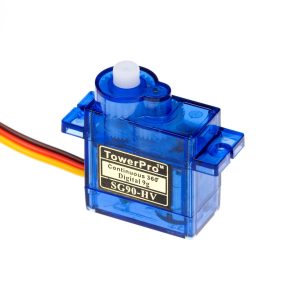
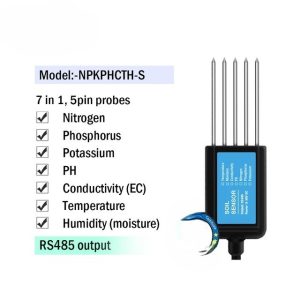
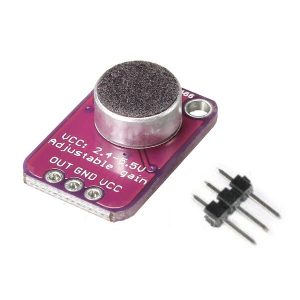



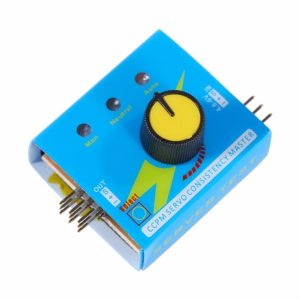
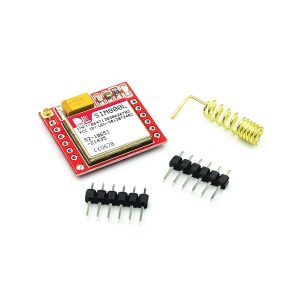
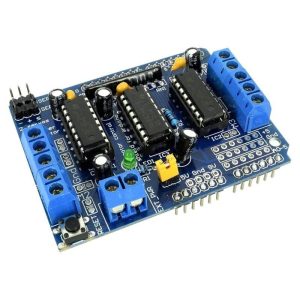

Reviews
There are no reviews yet